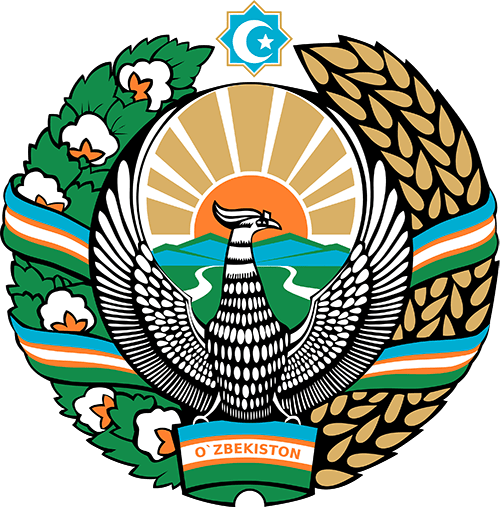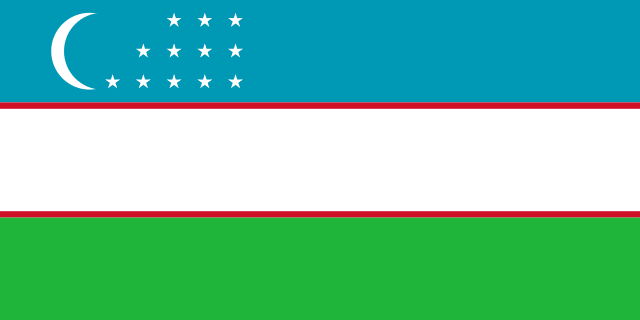V course 2023-2024
The total number of study hours is 119 hours
Of these:
Lectures – 14 hours
Practical classes – 22 hours
Clinical training – 36 hours
Hours of self–study – 47 hours
1. Lectures
Cardiopulmonary and cerebral resuscitation.
Acute respiratory failure
Acute heart failure.
Hyperthermic and convulsive syndrome and cerebral edema.
Violations of the water-electrolyte balance
Acute renal failure.
Features of general anesthesia in children. Anesthesia for minor traumatic operations in children.
2. Practical exercises
Terminal states. Cardiopulmonary resuscitation. Post-resuscitation disease. Features of resuscitation in children and newborns
Intensive therapy of acute respiratory failure
Intensive care for acute heart failure
Acute vascular insufficiency. Shock states.
Coma. Comatose states
Hyperthermic, convulsive syndrome. Swelling of the brain.
Infusion therapy for water-electrolyte disorders.
Acute renal and hepatic insufficiency.
Hemorrhagic syndromes. Disseminated intravascular coagulation syndrome.
Types and methods of general anesthesia.
Anesthesia for low-traumatic operations
General and local anesthesia. Final control.
3. Independent work
Post-resuscitation disease.
Features of neonatal resuscitation
Methods of correction of acute respiratory failure.
The basic principles of intensive care for acute heart failure.
Acute vascular insufficiency
Complications of hyperthermic syndrome, correction methods.
Basics of infusion therapy.
Acute renal failure
DIC syndrome, principles of treatment by stages.
Features of anesthesiological aids for children.
Methods of regional anesthesia.
The final control is carried out orally by tickets.
Final control issues
1. 1.Classification, etiopathogenesis and intensive therapy of acute respiratory failure
2. 2. Acute respiratory failure. Clinic, diagnostics and intensive care
3. 3 artificial respiration techniques. Methods and modes of ventilation.
4. 4. Assessment of the severity of the child’s condition with ODN. Methods of correction of respiratory insufficiency.
5. 5. Cardiopulmonary and cerebral resuscitation (prehospital and hospital stages).
6. 6.Intensive therapy for left ventricular heart failure
7. 7. Prevention and complications during central vascular catheterization
8. 8. Determination of surgical and anesthetic risk according to Michelson, dependence on many factors.
9. 9. Clinic, diagnosis and intensive therapy for traumatic shock in children.
10. 10. Calculation and composition of infusion therapy
11. Features of anesthesia in outpatient conditions.
12. 12. Inhalation and non-inhalation types of anesthesia in children.
13. 13. Indications and contraindications to general anesthesia in children.
14. Acute heart failure. Clinic, diagnostics, intensive care. Calculation of cardiac glycosides, dopmin and IT in OSN.
15. 15. General principles of intensive therapy of septic shock.
16. Indications, principles of defibrillation technique.
17. 17. Acute cardiac right ventricular failure. Pathophysiology, clinic, diagnosis and main stages of treatment.
18. 18. Anesthesia and respiratory equipment. Contours and systems.
19. 19. Technique of intracardiac puncture. Medical resuscitation.
20. 20. Methods of carrying out hardware-mask anesthesia in outpatient polyclinic conditions.
21. Infusion therapy for exicoses, calculation. Types of dehydration and their degrees.
22. Acute disorders of water-electrolyte metabolism. Degrees, types of dehydration. Clinical and laboratory diagnostics.
23. Modes and parameters of artificial lung ventilation in children.
24. The choice of the type of anesthesia depending on the volume and traumaticity of the operation.
25. Basic principles of intensive therapy for burn shock.
26. Intensive therapy for fainting, collapse.
27. Technique of cardiopulmonary and cerebral resuscitation. Medical resuscitation, calculation of drugs.
28. Post-resuscitation disease. Intensive therapy in the post-intensive care period in children.
29. Determination of the adequacy of the anesthetic aid during surgical operations.
30. Complications of general anesthesia. Prevention and their therapy.
31. Components and calculation of infusion therapy in acute renal failure (in the stage of oliguria, anuria, polyuria)
32. Indications and contraindications for carrying out or stopping resuscitation.
33. Intensive therapy of acute respiratory failure. Indications for the transfer of the patient to a ventilator.
34. Calculation of depolarizing and antidepolarizing muscle relaxants during anesthesia and surgery. Side effects and their complications.
35. Combined methods of general anesthesia.
36. The main components of general anesthesia
37. Pathophysiology, classification, intensive therapy for anaphylactic shock.
38. Calculation of infusion therapy for hyperthermic syndrome. Oral rehydration.
39. Characteristic signs of clinical and biological death. Indications for resuscitation measures.
40. Methods for determining CVD, BCC, colloidal osmotic state and their interpretation.
41. Premedication in children. Psychological and medical, purpose
42. Preoperative preparation of the patient for anesthesia and surgery. Interpretation of clinical and biochemical data and functional methods of examination of patients before surgery.
43. Classification, pathogenesis and intensive therapy of toxic-septic shock
44. Indication for defibrillation. Technique of execution.
45. Cardiopulmonary and cerebral resuscitation. Ventilator, Indirect and direct heart massage.
46. Technique of performing indirect heart massage and intracardiac puncture. Complications.
47. Intensive therapy of brain edema. Intensive therapy in the post-intensive care period in children.
48. Systems and contours of anesthetic – breathing apparatus
49. Classification, types, and treatment of terminal conditions
50. (preagonal, agonal and clinical death)
51. Methods of intravenous total general anesthesia in children.
52. Intensive therapy for dehydration. Principles of infusion therapy (components and calculation of IT).
53. Postoperative management of patients in ICU wards.
54. Technique of performing puncture and catheterization of the central vein according to Seldinger. Dangers and complications.
55. Calculation of drugs and sedatives during anesthesia and surgery. Complications and side effects of drugs and sedatives.
56. The choice of the method of general anesthesia.
57. Technique of external heart massage in newborns
58. Clinical characteristics of various types of terminal conditions in children.
59. Components and calculation of IT for various types of dyshydria (AF + ZHTPP + ZHVO ml / kg / day).
60. Inhalation and non-inhalation anesthetics and their side effects.
61. Intensive therapy of anaphylactic shock
62. Technique of tracheal intubation. Complications.
63. Types of acute heart failure. Classification, clinic, diagnosis and intensive care.
64. Technique of performing indirect heart massage and intracardiac puncture. Complications.
65. Indications for infusion therapy. Basic principles of IT.
66. Intensive therapy for cerebral edema and brain resuscitation
67. Technique of hardware-mask anesthesia. Dangers and complications.
68. Stages of anesthesia. Classification of ether anesthesia by Gwedel.
69. Epidural anesthesia. Technique of execution, indications and contraindications, complications.
70. Component of myoplegia. Classification and action of muscle relaxants, side effects.
71. Single-component and multicomponent types of anesthesia. Calculation of doses of anesthetics and analgesics during anesthesia and surgery.
72. Types of regional anesthesia. Technique of execution, possible complications.
73. Hyperthermic syndrome. Swelling of the brain. Intensive care.
74. Convulsive syndrome. Etiopathogenesis, clinic, diagnosis, intensive care.
75. Comatose states. Classification.Rating on the Glasgow scale.
76. General principles of intensive therapy of comatose states.
77. Definition of surgical and anesthesiological risk according to Michelson and ASA (American Association of Anesthesiologists).
78. Pathogenesis of acute homeostasis disorders. Classification, clinical and laboratory diagnostics of DIC syndrome by stages.
79. Features of intensive care and resuscitation of newborns.
80. Acute renal failure. Forms, stages, intensive care. Hemodialysis.
81. Etiology, clinic, diagnosis of acute liver failure
82. Intensive therapy of acute liver failure



